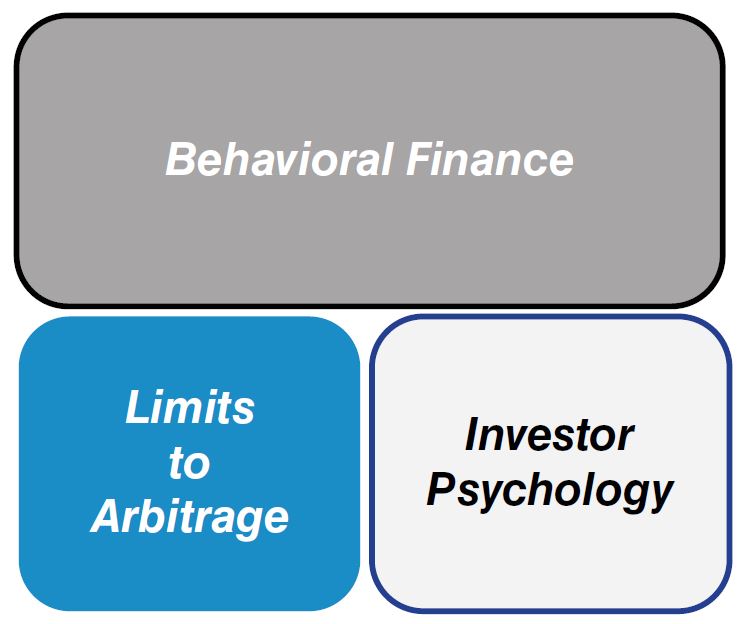Quantitative Momentum: A Practitioner’s Guide to Building a Momentum-Based Stock Selection System
Any kind of feedback are welcome.
A great book covering basic understandings and applications of the momentum factor. The authors spend half of the book asserting why momentum factor works, and the rest constructing the ‘quantitative momentum’ strategy. They claim it is ‘effective’, that saying the construction procedure is reasonable and backed-up both empirically and theoretically in a logical way.
Momentum?
Momentum factor-based investing falls into the realm of technical analysis, which strictly does not allow any intervention of the fundamentals. The only material is price, precisely the return. The ‘momentum’ of a stock can be measured in mainly two ways. Time-series momentum, or absolute momentum is measured on price of independent individual stock. Whereas cross-sectional momentum, or relative strength takes account of relative change in price across the universe of stocks. The authors appropriately make use of these two momentums towards their strategy.
Does momentum work?
It starts with the everlasting argument of mispricing vs. risk aspect of investment strategies to share their thoughts regarding 3 factors: value, growth and momentum. The main theme of the book runs along with behavioural finance theories, which at the end of the day support the argument on the stake of mispricing in the above factors, to a certain degree. They found evidence on the association between the value factor and overreaction (a psychological effect) of the market to bad news, therefore the momentum factor being a ‘cousin’ of the value factor. Furthermore, they insist that momentum stocks can provide a far better diversification options than growth stocks.
From two pillars of behavioural finance, investor psychology and limits to arbitrage, the authors suggest a long-term performance equation: sustainable alpha + sustainable investors = long-term performance. The momentum factor exploits an underreaction of the market to good news (investor psychology => alpha), which is not readily susceptible for big institutions as the twisted incentives structure holds them from taking the career risk (limits to arbitrage => investors). Which to me seems like a behavioural finance version of risk-return tradeoff. Let’s take a deeper look.
- Limits to Arbitrage
The EMH argues that there are so many arbitrageurs that the fundamentals are reflected to the price immediately, or somewhat quickly therefore the mispricings are ephemeral. However in real market pure arbitrage opportunities rarely, if ever, exist. What we refer to arbitrage these days is actually risk arbitrage that engages some sort of risk which is absent in a theoretical pricing model. (market friction, career risk etc)
- Investor Psychology
The story of system 1 and system 2 suggested by Daniel Kahneman clearly shows that human brain might be useful to keep them alive in the jungle but not necessarily in the financial market. Behavioural biases, including disposition effect, confirmation bias or representative bias play a major role.
This brings us to the situation where smart investors can’t take advantage of irrational investors. Therefore, as long as 1) the investors suffer from behavioural bias, and 2) the fund managers are short-sighted due to an inefficient incentives structure, the investment based on momentum factor will take the opportunity. Assuming we ourselves do not correspond to any of the above.
Quantitative Momentum?
They focus on mainly 3 external factors when utilising momentum for stock selection. Those are ‘lookback window’, path, and seasonality.
-
Lookback window: Intermediate-term momentum of lookback window around 12 months tend to show the consistency of return empirically. Short-term and long-term momentum result in a reversion in returns. (The stocks with high momentum during the past lookback period exhibit lower returns compared to those with low momentum during the lookback window - strange)
-
Path: Here we look at time series momentum, and prefer stocks with ‘smoother’ price paths. Behavioural finance suggests two reasons: First, stocks with huge jumps, or high time-series momentum stocks, act as lottery tickets. Investors irrationally prefer lottery-like stocks, and empirically they tend to be overpriced. Second, smooth price path are responsible for the underreaction of investors. When compared to spiky prices, smoother ones get limited attention from the market and therefore exposed to momentum alphas.
-
Seasonality: Momentum phenomenon is stronger during the months prior to a quarter end (Mar, Jun, Sep, Dec) - due to window dressing, and is the opposite on Jan - due to tax-motivated trading. Window dressing refers to fund managers collecting well performing stocks and getting rid of poorly performing stocks prior to regular fund performance review. It really sounds stupid but it is apparently happening, empirically, at least in the US. It gives an upward price pressure to momentum stocks hence resulting in stronger returns. The taxable retail investors tend to get rid of losing stocks to tax-loss during the year end, which is a good news for momentum strategy.
Seriously, I couldn’t believe the above played a considerable role in the financial market. Are the investors rational? More like \(\sqrt{2}\) or \(\pi\).
Quality momentum
Combining above considerations with trend (moving averaging techniques) help selecting stocks with quality momentum.
The conclusion:
Buy stocks with the highest quality momentum!
My Conclusion
정말 재밌게 읽은 책. 이 책 한권에 참고 논문이 50편은 되는 듯. 가격설정오류랑 위험을 이해 못해서 헤메고있었는데 조금 덜 헤메게 해줬다. Rolling rebalancing도 처음봤다. 나같은 뉴비는 뭘 읽어도 배울게 많은 듯 하다.


Leave a comment